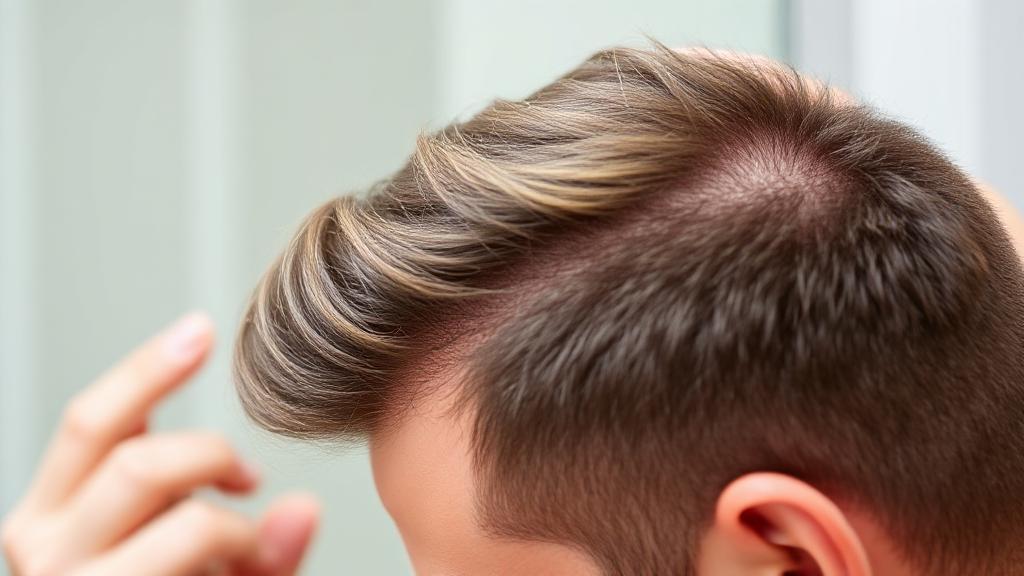Understanding Finasteride and Its Mechanism
Finasteride, commonly known by its brand name Propecia, is a medication primarily used to treat male pattern baldness (androgenetic alopecia) and benign prostatic hyperplasia (BPH). It works by inhibiting the enzyme 5-alpha-reductase, which converts testosterone into dihydrotestosterone (DHT), a hormone linked to hair loss.
The Science Behind DHT Reduction
When taken daily, finasteride can reduce DHT levels in the scalp by approximately 60-75%. This significant reduction allows hair follicles to:
- Resume normal growth cycles
- Strengthen existing hair
- Potentially regenerate miniaturized follicles
By lowering DHT levels, finasteride helps maintain hair follicle size and encourages hair regrowth.
Clinical Evidence and Effectiveness
Multiple studies have demonstrated finasteride's effectiveness in treating male pattern baldness. A study published in the Journal of the American Academy of Dermatology found that:
- 66% of men experienced hair regrowth
- 83% maintained their existing hair
- Only 17% continued to lose hair during treatment
Areas of Effectiveness
The medication shows varying effectiveness depending on the location of hair loss:
| Area | Effectiveness |
|---|---|
| Crown | Excellent |
| Mid-scalp | Very Good |
| Frontal | Moderate |
| Temples | Limited |
"Patience is crucial when using finasteride. Most users don't see significant results until 3-6 months of consistent use." - Dr. Sarah Thompson, Hair Loss Specialist
Important Considerations and Maintenance
Optimal Candidates
Finasteride tends to work best for:
- Men between 18-41 years old
- Those with early to moderate hair loss
- Individuals with androgenetic alopecia
Long-term Use
The benefits of finasteride are most pronounced with long-term use. Users must:
- Take the medication consistently
- Continue treatment long-term
- Monitor progress with photos
- Have realistic expectations
Discontinuation typically results in the reversal of its effects within 12 months.
Potential Side Effects
While generally well-tolerated, finasteride can cause side effects:
- Decreased libido
- Erectile dysfunction
- Ejaculation disorders
- Mood changes
- Breast tenderness
Some users have reported persistent sexual side effects even after stopping finasteride, a condition known as post-finasteride syndrome.
Alternative Treatments
For those who experience side effects or prefer not to use finasteride, other options include:
- Minoxidil: A topical treatment available over-the-counter
- Hair Transplant Surgery: Moving hair follicles from one part of the body to the balding area
- Low-Level Laser Therapy (LLLT): Non-invasive treatment using laser light
- Platelet-rich plasma (PRP) therapy
Success Rate Statistics
For more information on hair loss treatments, visit the American Hair Loss Association or the American Academy of Dermatology website.
